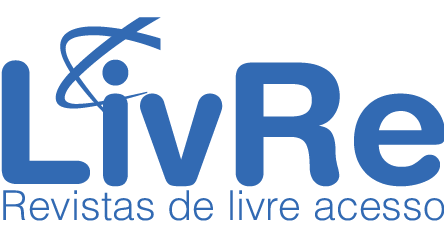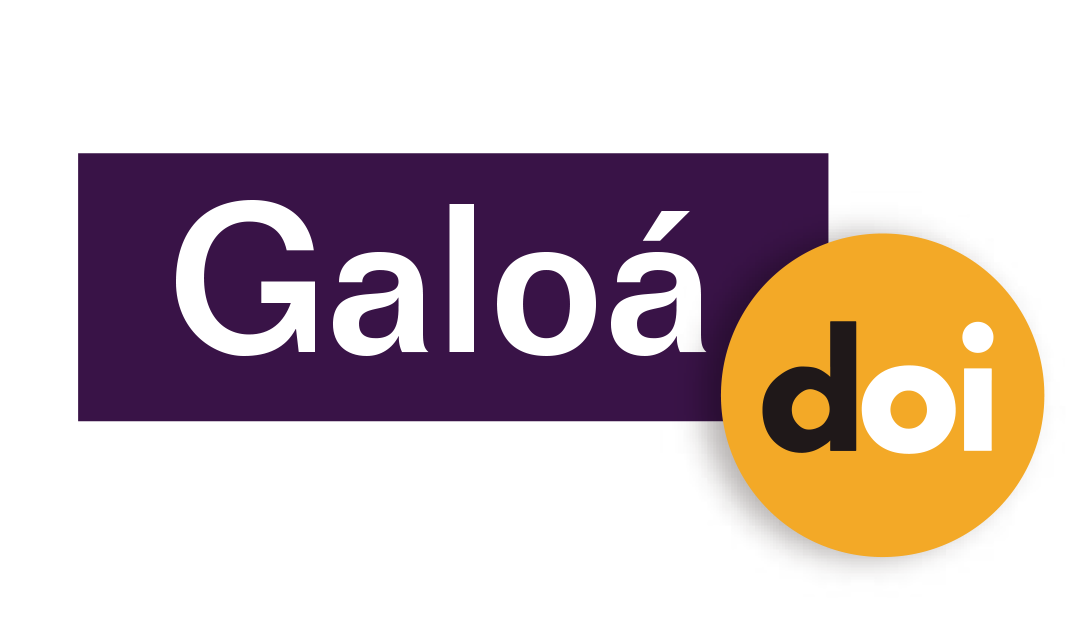Exploring The Field-Independent Student’s in Understanding Derivative Concepts: A Case of Commognitive Perspective
Resumo
Background: The derivative is an important concept in mathematics and therefore understanding the derivative concept play an essential role. However, it has been found that students' understanding of derivative is still below expectation. The reason is that they cannot explain parts that has not been understood. They has just stated that they forgot or did not understand without any detail explanation. This shows that the provided explanation which is given by students does not support the cognitive process. To overcome this situation, we need to understand how the cognitive processes that lead to such understanding. One simple tool that allows for this purpose is the theory of commognition. Objectives: This study aims to describe how the field-independent students understand the derivative concept viewed from the perspective of commognition theory. Design: This type of research is descriptive with a qualitative approach. Setting and Participants: Three participants were selected from 41 students of an undergraduate mathematics education program in a state university through a cognitive style test. Data collection and analysis: Task-based interviews and a focused group discussion were used for data collection. Results: The analysis results show that not all commognitive were arising during the students' understanding process. The Keywords Subject arise in the use objective phase. Writing symbols, mentioning symbols and showing symbols with hand movements are all as the visual mediators. Definition and theorem of limit as well as definition and theorem of derivative are used in routine procedures. Students tend to use ritual routines instead of exploration routines discourse. On the other side, deeds routines do not appear. Furthermore, the forms of commognition, such as gestures and semiosis, are figured out. Conclusions: The exploring the subject's cognition and communication during the discussion is a challenge in this research. Further research is needed to develop this kind of research.
Palavras-chave
Texto completo:
PDF (English)DOI: https://doi.org/10.17648/acta.scientiae.7097
Apontamentos
- Não há apontamentos.
Direitos autorais 2023 Rita Lefrida, Tatag Yuli Eko Siswono, Agung Lukito

Esta obra está licenciada sob uma licença Creative Commons Atribuição 4.0 Internacional.
ANÚNCIOS
Informamos que, a partir de outubro de 2024, a revista Acta Scientia volta a aceitar submissões de artigos para publicação.
Mais, informamos que sites fraudulentos, https://periodicos-ulbrabr.org e https://periodicos-ulbrabra.org, estiveram se passando pela Acta Scientiae, utilizando nosso nome e identidade visual e até solicitado taxas de APC, que nós não cobramos. Aconselhamos cautela para evitar serem enganados por sites semelhantes.
Conceito A2 na Capes(2021)
Índice h5 do Google Scholar: 13
Índice mediana h5 do Google Scholar:24
eISSN: 2178-7727
Indexações:
A Acta Scientiae é indexada em: | Scopus |  | Latindex |  | Edubase (SBU/UNICAMP) |
 | Sumarios.org |  | Google Scholar |  | Portal LivRe (CNEM) |
 | Journals for Free |  | REDIB |  | Galoá DOI |

Todos os trabalhos publicados aqui estão sob uma licença Creative Commons - Atribuição 4.0 Internacional.
